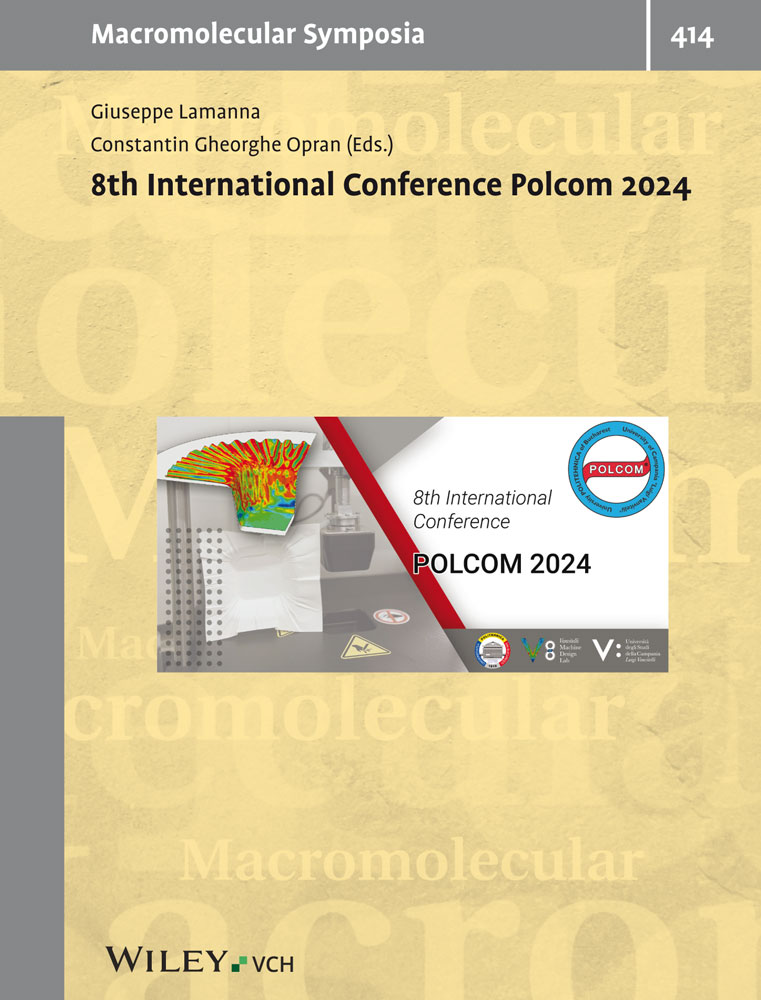Highly conductive oriented PEO-based polymer electrolytes
Abstract
This contribution presents an overview of the study of the effect of stretching on semicrystalline and amorphous complexes of poly(ethylene oxide) (PEO) with different salts, such as lithium iodide, lithium trifluoromethane-sulfonate, lithium hexafluoroarsenate, lithium bis(oxalato)borate and lithium trifluoromethanesulfonimide. In spite of the conventional belief that ion transport in polymer electrolytes (PE) is mediated primarily by polymer segmental motion, we suggest that ion transport occurs preferentially along the PEO helical axis, at least in the crystalline phase. It was found that the more amorphous the PE, the less its lengthwise conductivity is influenced by stretching. It is suggested that the rate-determining step of ion conduction in semicrystalline LiX:P(EO)20, polymer electrolytes below the melting point (Tm) is “interchain” hopping.




